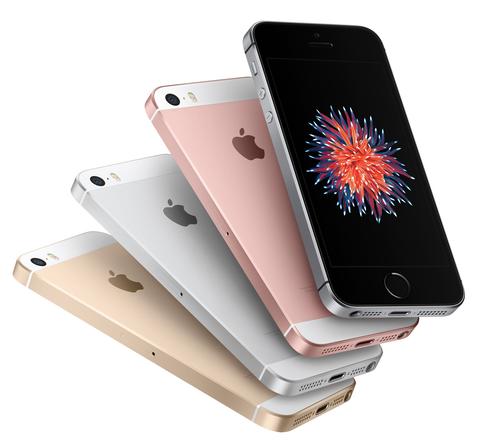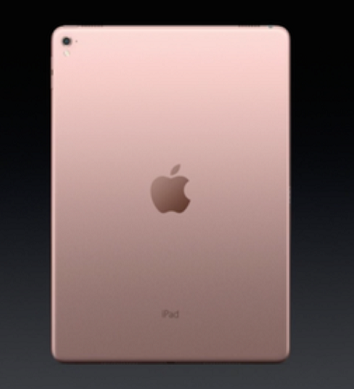Apple continues its practice of overcharging for storage with its newly unveiled iPhone SE and the new smaller iPad. The company's devices should come with more onboard storage, and upgrading shouldn't be so expensive.

iPhone SE, Smaller iPad Pro Unveiled: Up Close Look
iPhone SE, Smaller iPad Pro Unveiled: Up Close Look (Click image for larger view and slideshow.)
Apple has been overcharging people for storage space on smartphones and tablets for years, and it needs to stop. The new iPhone and iPad are yet more examples of Apple's greed and desire to squeeze every cent possible from consumers.
The iPhone SE, iPhone 6s, and iPhone 6s Plus all start with a mere 16GB of storage. These phones cost $399, $649, and $749, respectively. Want more storage? That'll be another $100 to jump to 64GB.
Did you hear the sound of a cash register? I sure did. Cha-ching! Apple scored huge profits on that upgrade.
The same goes for Apple's line of iPads. The 12.9-inch iPad Pro starts with 32GB for $799, while the 9.7-inch iPad Pro starts with 32GB for $599. Jumping to 128GB will cost you $150 more. Apple pitches the two Pro tablets as powerful computing devices that can replace laptops. No one would buy a business laptop with just 32GB of storage. The iPad Air 2, iPad Mini 4, and iPad Mini 2 come with only 16GB each to start.
Now, let's consider the competition. The iPhone's chief rivals are the Google Nexus 6P ($499), Samsung's Galaxy S7 (around the $650 range), and LG's G5 (around the $650 range). All these phones come with 32GB of storage to start, and the latter two include support for expandable memory cards. Google only charges $50 to increase the Nexus 6P's storage to 64GB.
The iPad Pro's chief competition is the Microsoft Surface Pro 4. The Pro 4 costs a bit more at $899, but ships with 128GB of storage. The Surface 3, Microsoft's smaller tablet, costs $399 and ships with 64 GB of storage. Both of Microsoft's tablets include microSD memory card slots. Google's Pixel C tablet costs $499 and ships with 32GB of storage to start.
Storage is cheap. Amazon sells 32GB microSD memory cards for about $10, 64GB cards for about $20, and 128GB cards for about $40.
It does not cost Apple $100 to increase the storage allotment in the iPhone from 16GB to 64GB. IHS tore apart the iPhone 6s Plus and found the 16GB module costs about $5.50 and the 64GB module costs about $17. In other words, you're overpaying Apple by about $83 (~5x) to jump from the 16GB iPhone to the 64GB iPhone.
That's a total rip-off.

Are you prepared for a new world of enterprise mobility? Attend the Wireless & Mobility Track at Interop Las Vegas, May 2-6. Register now!
iPhones should start with a minimum of 32GB of storage. Period. Increasing to 64GB should cost a maximum of $50 more. Even then, consumers are paying three times the cost of the actual component. Similarly, the iPad Pros should start with a minimum of 64GB of storage. Period.
Apple needs to stop skimping with the storage and overcharging to improve it. With about $200 billion in the bank, Apple doesn't need the money.
Tell Apple how you feel: Buy something else.

About the Author(s)
You May Also Like








